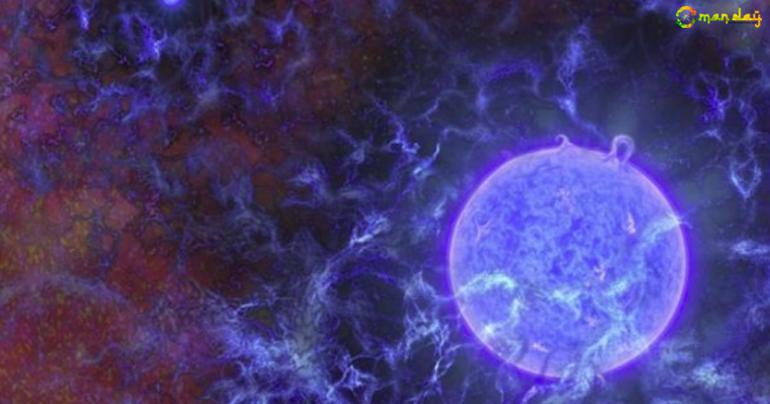Let there be light: How stars lit up the universe for the first time, now astronomers know a bit more
After the Big Bang, it was cold and black. And then, there was light. Now, for the first time, astronomers have glimpsed at dawn of the universe 13.6 billion years ago when the earliest stars were turning on the light in the cosmic darkness.
And if that's not enough, they may have detected mysterious dark matter at work, too.
The glimpse consisted of a faint radio signal from deep space, picked up by an antenna that is slightly bigger than a refrigerator and costs less than $5 million but in certain ways can go back much farther in time and distance than the celebrated, multibillion-dollar Hubble Space Telescope.
Judd Bowman of Arizona State University, lead author of a study in Wednesday's journal Nature, said the signal came from the very first objects in the universe as it was emerging out of darkness 180 million years after the Big Bang.
Seeing the universe just lighting up, even though it was only a faint signal, is even more important than the Big Bang because "we are made of star stuff, and so we are glimpsing at our origin," said astronomer Richard Ellis, who was not involved in the project.
The signal showed unexpectedly cold temperatures and an unusually pronounced wave. When astronomers tried to figure out why, the best explanation was that elusive dark matter may have been at work.
If verified, that would be the first confirmation of its kind of dark matter, which is a substantial part of the universe that scientists have been searching for over decades.
"If confirmed, this discovery deserves two Nobel Prizes" for both capturing the signal of the first stars and potential dark matter confirmation, said Harvard astronomer Avi Loeb, who wasn't part of the research team. Cautioning that "extraordinary claims require extraordinary evidence," he said independent tests are needed to verify the findings.
Bowman agreed independent tests are needed even though his team spent two years double- and triple-checking their work.
"It's a time of the universe we really don't know anything about," Bowman said. He said the discovery is "like the first sentence" in an early chapter of the history of the cosmos.
This is nothing that astronomers could actually see. In fact, it's all indirect, based on changes in the wavelengths produced by radio signals.
The early universe was dark and cold, filled with just hydrogen and helium. Once stars formed, they emitted ultraviolet light into the dark areas between them. That ultraviolet light changes the energy signature of hydrogen atoms, Bowman said.
Astronomers looked at a specific wavelength. If there were stars and ultraviolet light, they would see one signature. If there were no stars, they would see another. They saw a clear but faint signal showing there were stars, probably many of them, Bowman said.
Finding that trace signal wasn't easy because the Milky Way galaxy alone booms with radio wave noise 10,000 times louder, said Peter Kurczynski, advanced program technology director for the National Science Foundation, which helped fund the research.
...[ Continue to next page ]
Share This Post






